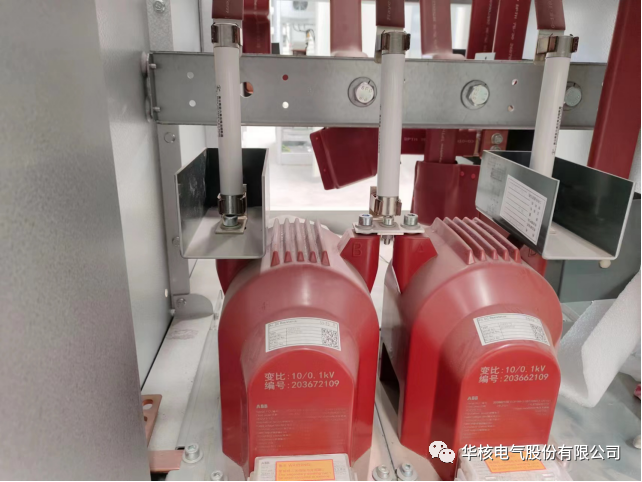
In circuits that are usually not grounded or are not grounded during certain switch operations, ferroresonance may occur when the primary line of a voltage transformer (VT) is grounded. When VT is grounded on ungrounded system, VT primary circuit becomes the main path of system grounding current.
When the secondary circuit load of VT is light, ferromagnetic resonance occurs when the system transient causes oscillation current between the magnetization reactance and ground coupling capacitance of VT.

The IEEE Standard Dictionary: glossary of Terms and Definitions contains the following definitions (among others):
Ferromagnetic resonance... a phenomenon typically by overvoltage and highly irregular waveforms, and related to the excitation of one or more saturable inductors through capacitors connected in series with the inductor. This definition describes this phenomenon, but more importantly, points out the problems caused by ferromagnetic resonance to the system. Overvoltage caused by ferromagnetic resonance can increase the dielectric capacity of the system and may also damage the voltage transformer. Now, let's discuss more about what actually happens under ferromagnetic resonance conditions.
The magnetization reactance value of VT is a function of the magnetic flux in the iron core. The coupling capacitance of each phase of the system is the capacitance value between the original phase conductor and the ground. The magnetizing reactance and coupling capacitance form a parallel circuit of capacitance (C) and inductance (L) from line to ground, known as an LC circuit. If VT operates within its linear magnetic range, there are no special issues. However, LC circuits only require relatively small voltage transients to ring at the resonant frequency of the LC circuit.Once the circuit begins to oscillate (resonate), phase interference during oscillation can cause the voltage to rise to a high level.When the voltage reaches a sufficiently high level, the VT magnetic circuit enters a saturation state, causing the reactance to collapse.however,At this high voltage level,The captured in the capacitor is still very large,Capacitive through (low) saturated VT reactance.
If the VT secondary circuit has a light load, the resistance is small (hence the loss is small), and the current passing through the VT winding can easily reach a level that would damage the VT winding before the VT fuse is interrupted. (In this regard, it should be noted that the primary fuse of the VT cannot protect it from overcurrent damage, but rather aims to separate the VT from the power system to avoid a complete shutdown of the power system.)